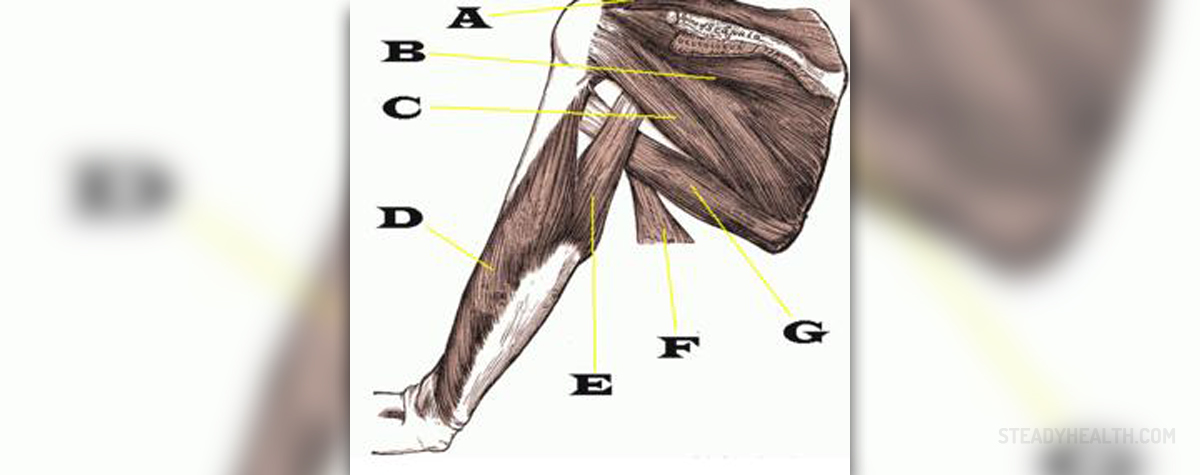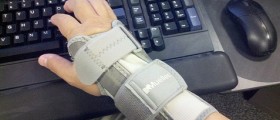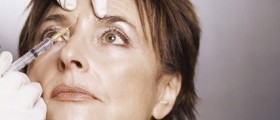
Dystonia is a neurological disorder that where control over of certain muscles is impaired. This leads to abnormal postures and twisting and repetitive movements. People affected by dystonia often do not have any mental disorder and have normal intelligence.
Dystonia symptoms
Early symptoms include sudden or unusual body movements that appear uncontrolled. These may happen spontaneously or after a certain activity. These include, handwriting difficulties, turning or pulling of hands, legs, or neck, speech difficulties, uncontrollable eye movement. Symptoms usually start as mild and increase gradually.
Dystonia types
Dystonia is classified by the body parts it affects. Generalized distonia affects the whole body. Hemidystonia affects limbs on same body side. Segmental dystonia influences connected body parts. Focal dystonia is focused on certain part of the body. Multifocal dystonia affects multiple body parts that are not related.
In some cases of dystonia certain patterns can be noted so they are classified as specific syndromes.Dystonia that appears in hand and forearm muscles is referred to as writer’s, typist’s, pianist’s or musician’s cramp since it manifests during mentioned activities.
Dopa-responsive dystonia (DRD) manifests during childhood or adolescence. It affects walking and may cause spasticity. The symptoms are similar to cerebral palsy, so there is a chance of DRD being misdiagnosed. Good thing about DRD is that it is successfully treated with certain drugs.
Dystonia musculorum deformans (DMD) or Torsion dystonia, is a rare type of generalized dystonia. It is a serious condition that affects the whole body and often limits the individual to the wheelchair. It manifests in childhood and increases gradually. Studies have shown that it is genetic in origin, and is in many cases caused by DYT1 gene mutation. DYT1 is also related to other types of dystonia.Blapharospasm dystonia causes spontaneous closing of eyelids. It can affect one or both eyes. It manifests as uncontrollable blinking first. The spasms it causes can keep the eyelids shut and result in functional blindness.
Dystonia that affects neck, face and head muscles is called Cranial dystonia. Spasmic dystonia affects speech muscles and causes speech or breathing difficulty. Oromandibular dystonia involves jaw, tongue or lips and can impair swallowing and speech.
Cervical dystonia affects the neck muscles that control head movement. It can cause random head turns or twists. It is also called spasmodic torticollis and can occur at any age, but most people experience it during their middle age. In between 10 and 20% cases torticollis can withdraw spontaneously but these withdrawals are not long lasting.




_f_280x120.jpg)












Your thoughts on this
Loading...